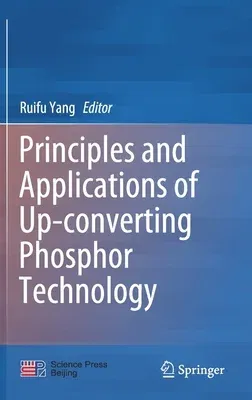Principles and Applications of Up-Converting Phosphor Technology (2019)Hardcover - 2019, 1 October 2019

Qty
1
Turbo
Ships in 2 - 3 days
In Stock
Free Delivery
Cash on Delivery
15 Days
Free Returns
Secure Checkout

Print Length
244 pages
Language
English
Publisher
Springer
Date Published
1 Oct 2019
ISBN-10
9813292784
ISBN-13
9789813292789
Description
Product Details
Book Edition:
2019
Book Format:
Hardcover
Country of Origin:
NL
Date Published:
1 October 2019
Dimensions:
23.39 x
15.6 x
1.6 cm
ISBN-10:
9813292784
ISBN-13:
9789813292789
Language:
English
Location:
Singapore
Pages:
244
Publisher:
Weight:
530.7 gm